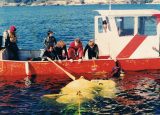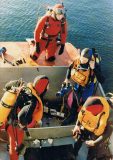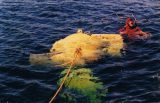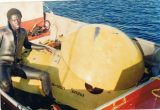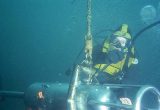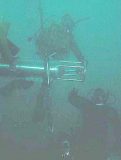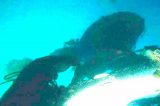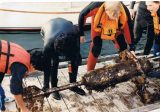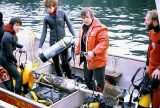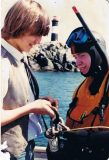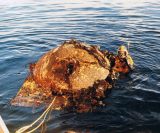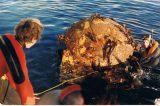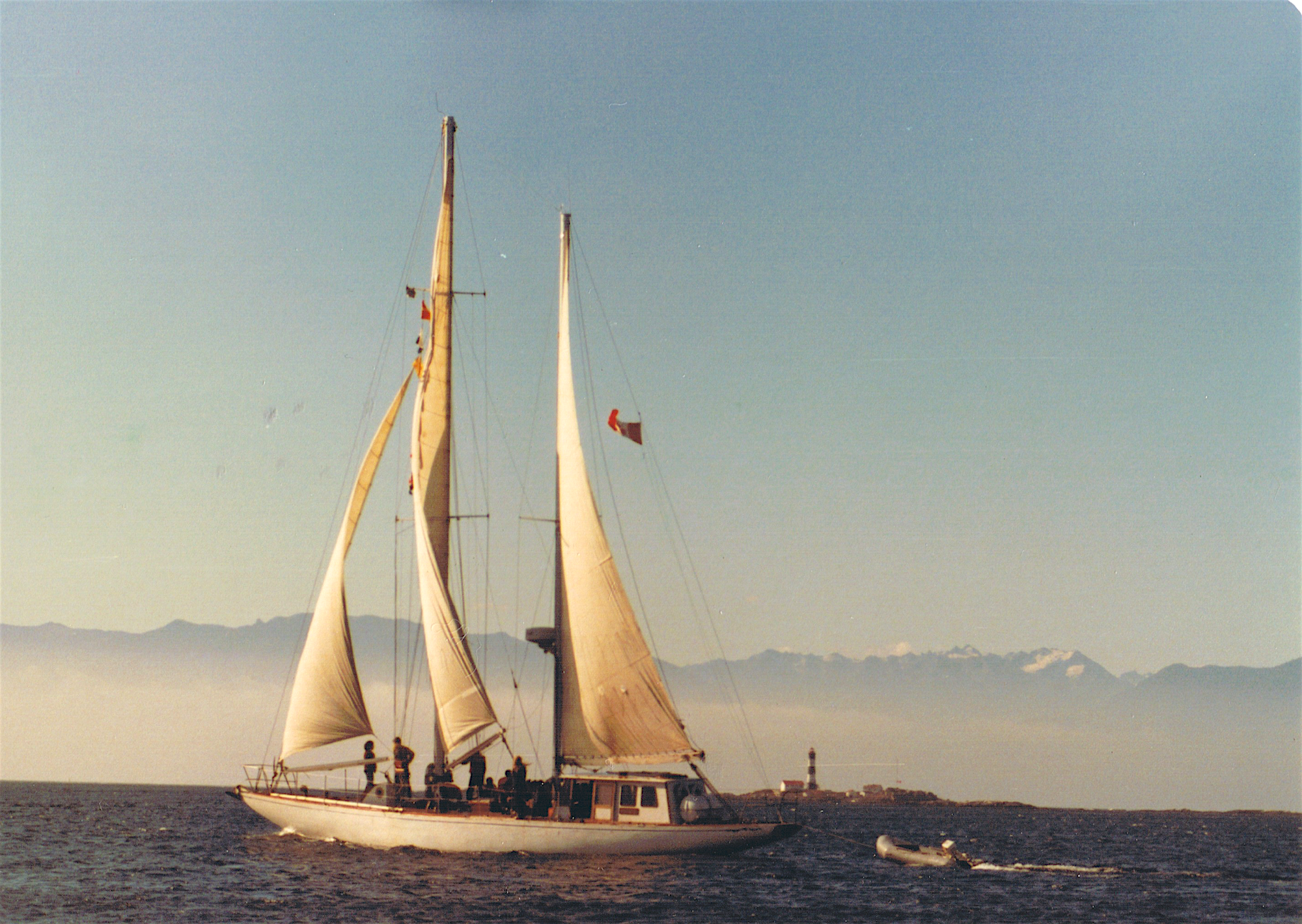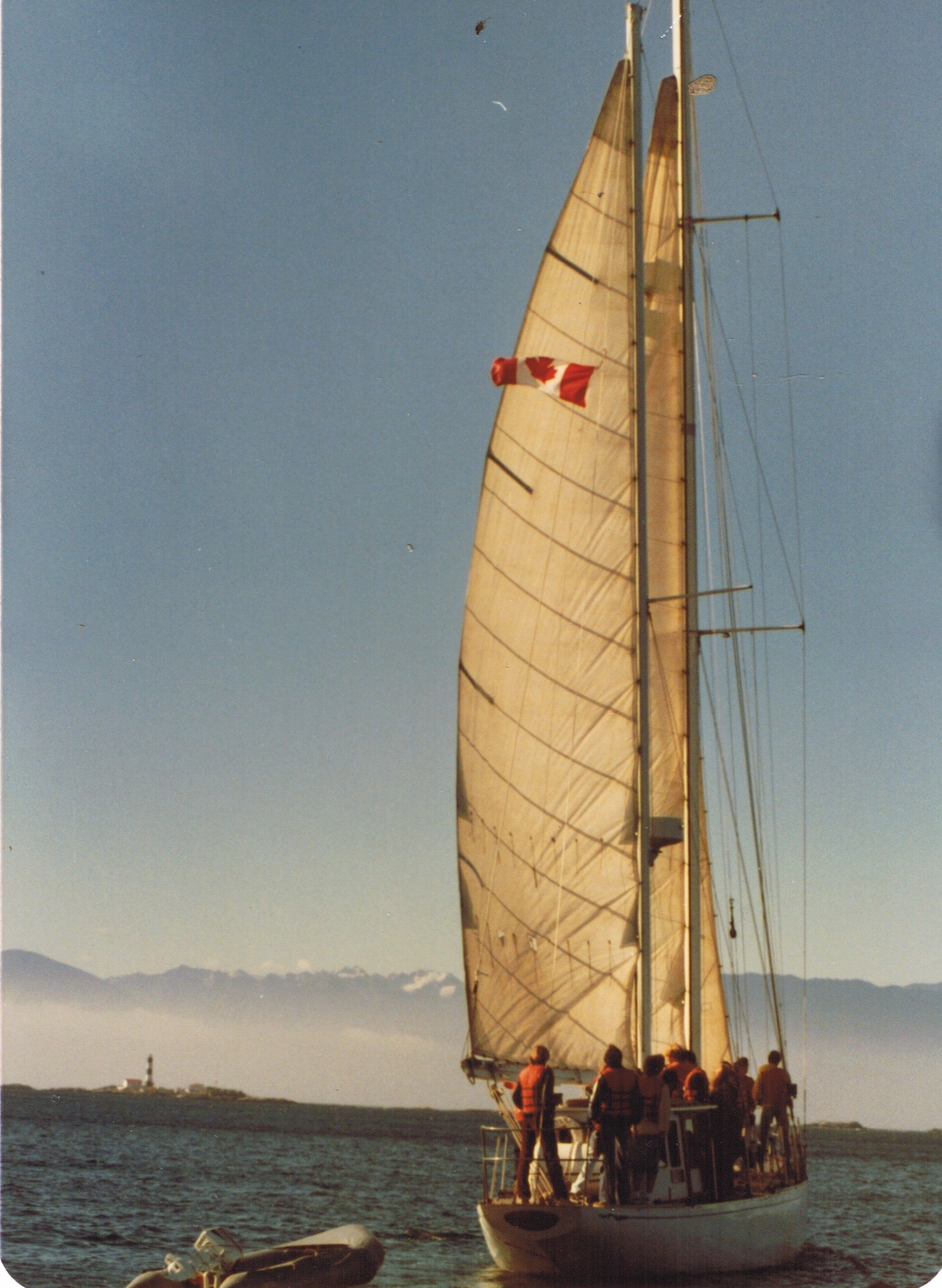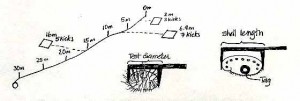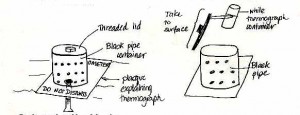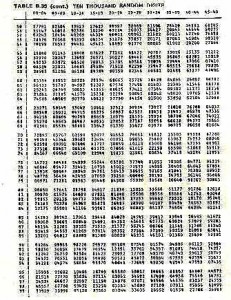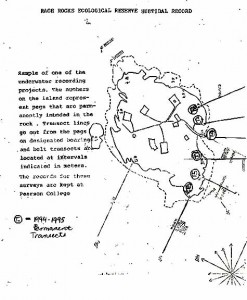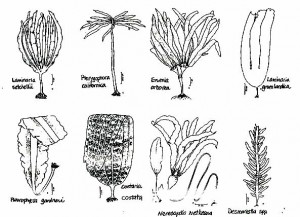HOW IT WAS DONE
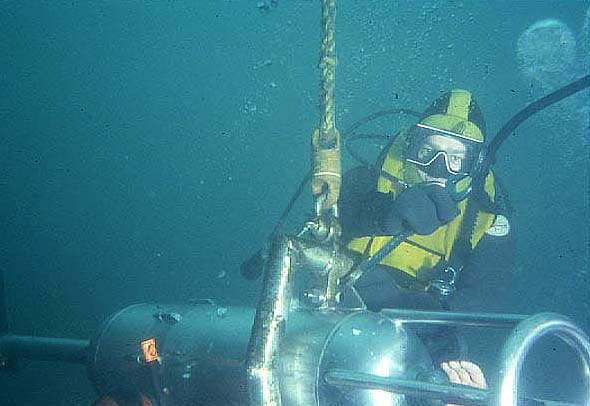
With the current running, Mike Galloway completes installing the current meter which will record current velocity and direction for a year.
In 1981, Mike Woodward of the Tides and Currents Section of the Institute of Ocean Sciences in Sidney, Vancouver Island, responded to a request from Pearson College for a current meter to be installed at Race Rocks. The meter was delivered by an Ocean Sciences Vessel. The harness and mooring device were lowered into the water off Pedder Bay. Three large yellow floats were attached to the 1 ton mooring block. From there the college vessel, Ubatuba, towed the device to Race Rocks. One float was removed when on site, and Mike retrieved from the bottom a 5 kg rock. Placement of that on the concrete block was enough to overcome the buoyancy of the remaining two floats. The device slowly descended and we were able to steer it into an ideal location in the centre of the channel just North west of Great Race Island and South of the Middle islands of Race Rocks, i.e in the centre of the channel. Then the second float was cut free, leaving the last float connected, keeping a rigid vertical harness below for the current meter. The meter was taken up and replaced by another one every three months for the following year. A magnetic tape recorded tidal velocity and direction every fifteen minutes. This data record was sufficient to allow extrapolation for tidal flow prediction for the next century.
- The College Dive boat in 1981 was UbaTuba. Here we are towing the three floats attached to the 1 ton block from Pedder Bay where it was placed in the water to the inside channel of Race Rocks north of the helipad.
- Mike Woodward, Garry Fletcher, Bobby Villeneuve and Mike’s assistant from IOS prepare for the installation of the meter.
- Mike with the 3 floats before submersion.
- Bourama with number one float which was removed to allow the apparatus to sink to the sea floor.
- the current running Mike Galloway at the meter.
- Divers working on assembly of the current meter into the harness.
- Meter and diver with the current running
- One of the recovered current meters after three months in the water. There were three deployments throughout the year as the magnetic tape contained enough space for 4 months. Two meters were used that were interchangeable.
- Akiyuki, Oded Rose and Mike Woodward after recovery of one of the meters.
- PC students Bobby Villeneuve and Oded Rose with James Galloway and Mike of Ocean Sciences.
- A underwater pinger was attached in order to help us find the current meter. Marcel and Rick examine it after it was retrieved from the meter. Note location of anchored boat in relation to the tower!
- Close up of the biodiversity on the float after a year in the water. The skeleton shrimp, (Caprellids), coated the float in large numbers and rubbed off on the divers wet suits.
- Close up of the biodiversity on the float after a year in the water. The skeleton shrimp, (Caprellids), coated the float in large numbers and rubbed off on the divers wet suits.
Other interesting current meter connections:See the Caprellid Shrimp in the Race Rocks Taxonomy
The first people outside the College to make use of the tables before they were published in the Canadian Hydrographic Survey’s Tides and Currents Manual in 1983 were the sailors in the 1982 Swiftsure Race which takes place at the end of May from Victoria. They inquired about the new current meter results and we were able to provide them with a copy of the tables for that month.
Vorapot Ruckthorm, a Pearson College student from Thailand did the first extended essay using the results of the research for the tables.
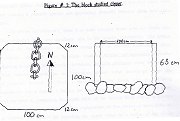 In 1991 Kalle Kallstrom, a PC student from Denmark made a series of dives on the concrete block to quantify the different life zones already established on the different exposures of the concrete block See chart of location and part of his work here
In 1991 Kalle Kallstrom, a PC student from Denmark made a series of dives on the concrete block to quantify the different life zones already established on the different exposures of the concrete block See chart of location and part of his work here

